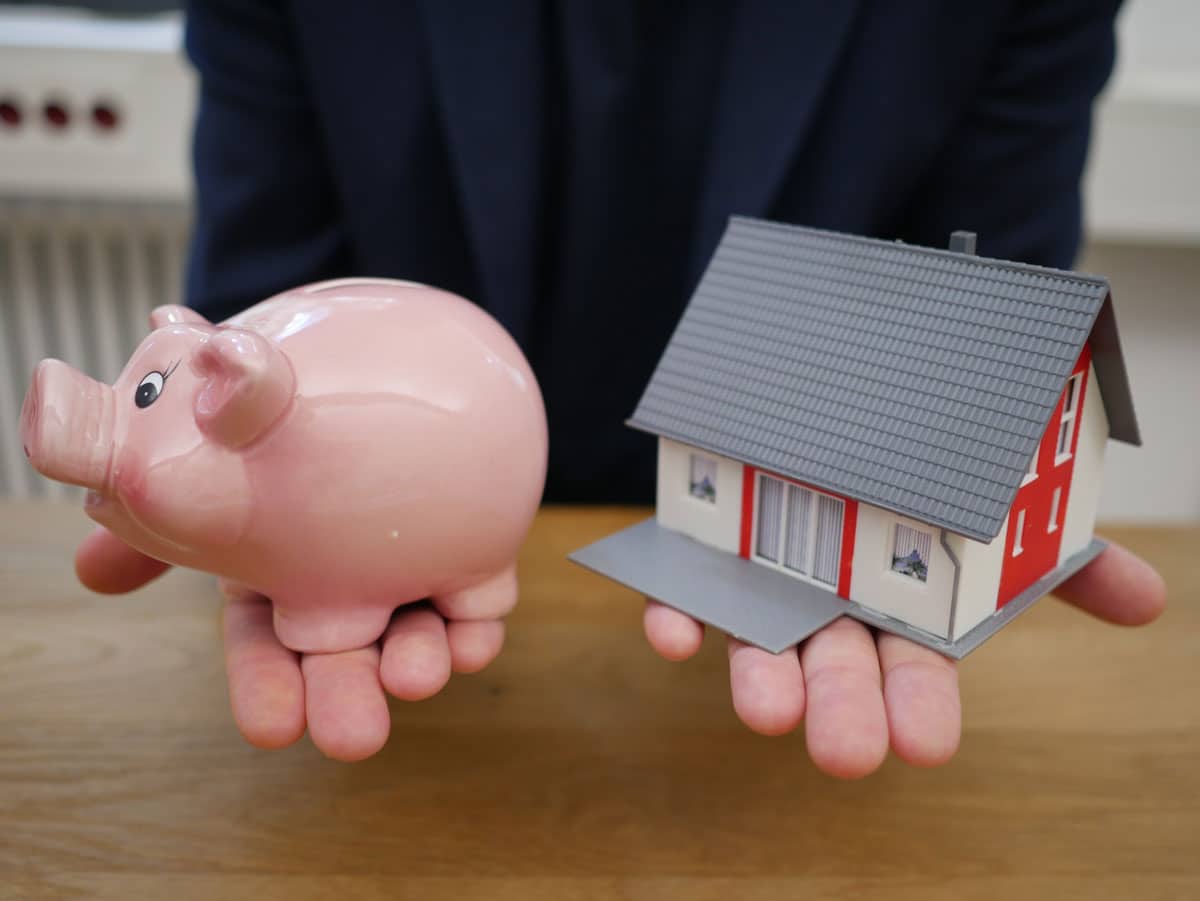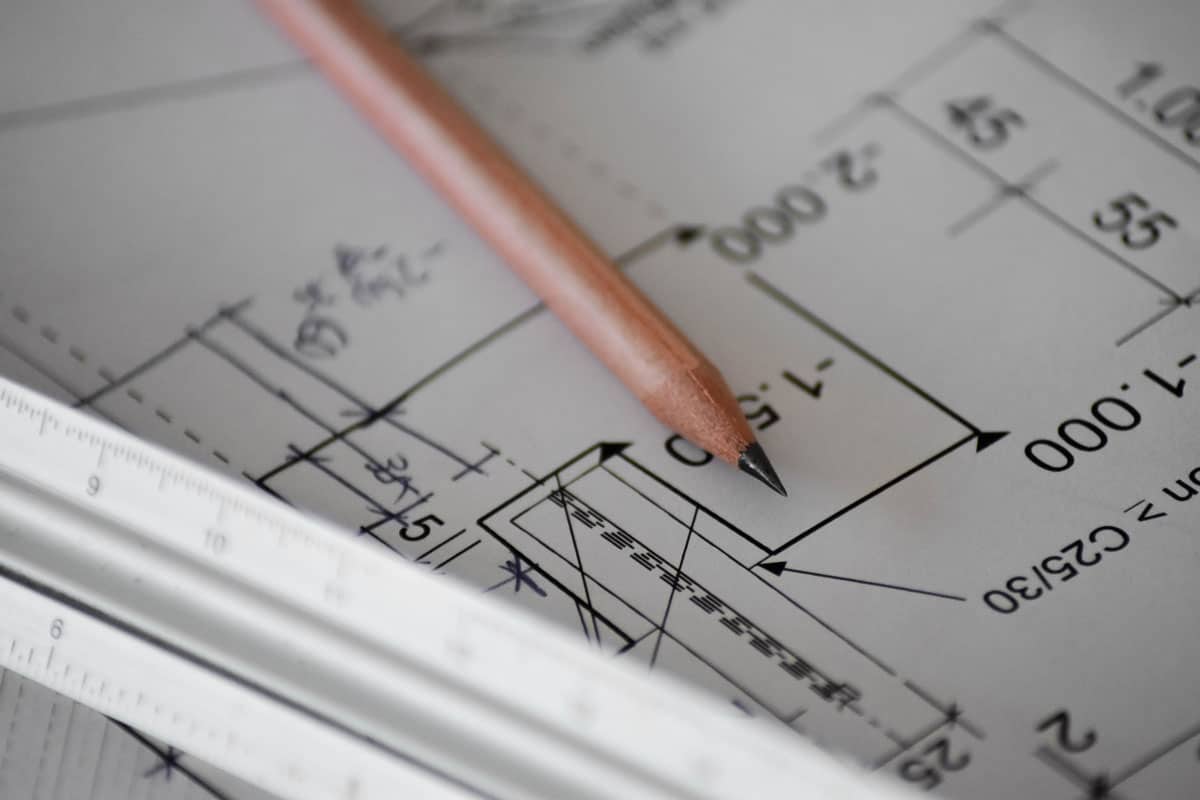Options Available to You
Luckily for purchasers, there are an assortment of home loans to browse. It is to your greatest advantage to examine each of them to figure out which is the best for your circumstance. You most likely won’t meet all requirements for every one of them. Probably, you might fit the bill for one. Be that as it may, on the off chance that you do meet all requirements for more than one, you might spare yourself money (and stress) over the long haul if do some research done before signing all the papers. Here at Cornerstone Realty will help you decide which loan format best suits your special circumstance.Fixed Rate Mortgage
15-Year Fixed Rate
- Pay off the loan in half the time of a 30-year loan.
- Equity builds up more quickly than in a 30-year loan.
- Payments are higher (which may be a problem if you lose your job or become unable to work).
20-Year Fixed Rate
- Pay off the loan in 2/3 the time of a 30-year loan.
- The overall interest paid is considerably less than for a 30-year loan.
30-Year Fixed Rate
- The most common choice, especially for first-time homebuyers, as it’s the easiest of the fixed-rate loans to qualify for.
- Monthly payments are lower than for 15-year and 20-year loans. This can prove especially helpful if you do not have a lot of “padding” between the amount you can afford to spend and the monthly payment for your desired property.
- More desirable if you plan on staying in the same home for years, since equity builds more slowly than for shorter-term loans.
- For income tax purposes, this term provides the maximum interest deduction.

Adjustable-rate mortgages (ARMs)
In the event that you are more accustom to taking a risk with your money or if financing costs are high at the time you take out your loan, an adjustable-rate mortgage (ARM) might be the answer for you. You may likewise pick this kind of financing if your foreseen ownership for property is temporary or in the event that you anticipate that your salary will increase to cover any potential rise in the interest rate.In the event that you are more accustom to taking a risk with your money or if financing costs are high at the time you take out your loan, an adjustable-rate mortgage (ARM) might be the answer for you. You may likewise pick this kind of financing if your foreseen ownership for property is temporary or in the event that you anticipate that your salary will increase to cover any potential rise in the interest rate.
By and large, the financing cost when you take out your credit will be lower than a fixed-rate mortgage. Understand this may only be the case in the beginning, not over long-term.
Since an ARM rate rises and falls relying upon the predominant interest rate, your home loan installment will rise and fall in like manner. On the off chance that your salary is not adequate to cover the most elevated conceivable installments, then this alternative is not for you. On the positive side, the lower starting payments may permit you to qualify for a bigger loan than if you choose a fixed-rate mortgage. The drawback is that your installments will increase if/when the rates go up.
Ordinarily, ARM loan fees are tethered to a particular financial index, and your will be based on the index your lender uses plus a margin, generally of two to three points. Get the formula used by your lender in writing and make sure you understand what it means.
Luckily, the amount an ARM can increase is limited. There are “caps” on how much your bank can build your rate, both for a time of one year and for the life of the credit. Arrangement ahead, and have your loan specialist figure what the most extreme installment would be if your rate went to the most astounding sum permitted by the top for your specific home loan. In the event that you are not sure you’ll have the capacity to pay that sum on a month to month premise, you may want to reconsider this mortgage format.
By and large, the financing cost when you take out your credit will be lower than a fixed-rate mortgage. Understand this may only be the case in the beginning, not over long-term.
Since an ARM rate rises and falls relying upon the predominant interest rate, your home loan installment will rise and fall in like manner. On the off chance that your salary is not adequate to cover the most elevated conceivable installments, then this alternative is not for you. On the positive side, the lower starting payments may permit you to qualify for a bigger loan than if you choose a fixed-rate mortgage. The drawback is that your installments will increase if/when the rates go up.
Ordinarily, ARM loan fees are tethered to a particular financial index, and your will be based on the index your lender uses plus a margin, generally of two to three points. Get the formula used by your lender in writing and make sure you understand what it means.
Luckily, the amount an ARM can increase is limited. There are “caps” on how much your bank can build your rate, both for a time of one year and for the life of the credit. Arrangement ahead, and have your loan specialist figure what the most extreme installment would be if your rate went to the most astounding sum permitted by the top for your specific home loan. In the event that you are not sure you’ll have the capacity to pay that sum on a month to month premise, you may want to reconsider this mortgage format.
Convertible ARMs
On the off chance that neither the fixed-rate mortgage or the adjustable-rate mortgage appears like the best alternative, maybe the convertible ARM will be ideal for you. This option joins the beginning advantage of an ARM with fixed rate following a predetermined number of years. Clearly, this kind of home loan has more focal points when the starting interest rates are low and the future rates are not ensured.
Government Loans
Another home loan choice accessible to a few individuals is a government loan, giving that you meet the qualifications for these loans.- VA Loans: Veterans may qualify for a loan from the Veterans Administration. There is a limit on the amount you can borrow, so this option works best for those buying a lower priced home.
- FHA Loans: The Federal Housing Association offers loans to lower-income Americans. Look for the phrase “FHA approved” when looking at ads for homes.

What Is a Construction Loan?
Building a new house? Then you may want to consider a construction loan. A construction loan or "self-build loan" is a high-interest, short-term loan that provides funds needed to build a residential property. A construction loan can be used to cover the cost of the land, contractor labor, building materials, permits, and more. This loan is either taken out by the homebuyer of the custom home or the builder.
This is offered by regional banks or local credit unions. They will be able to guide you on what you will need to qualify. In addition, you should discuss these items with your lender and learn what will be included in your loan-to-value calculation.
This is offered by regional banks or local credit unions. They will be able to guide you on what you will need to qualify. In addition, you should discuss these items with your lender and learn what will be included in your loan-to-value calculation.
What Is Not Included in a Construction Loan
Generally, things such as home furnishings are not covered. Any leftover funds will not be able to be used on furniture, ect. Your lender will be able to inform you of the specific details.
What To Expect
It's important to be prepared. Construction loans usually have variable rates that move up and down with the prime rate. Construction loans are typically higher than traditional mortgage loan rates since they are considered risky. This is because the lender doesn't have a physical home to seize unlike with a mortgage loan. Sometimes, the funds will go directly to the builder rather than the borrower.
Construction loans are on a short timetable and they're dependent on the complete of your home. You may need to provide your lender with a timeline, detailed plans, and a realistic budget. This is why it's a good idea to begin having these discussions with a potential lender before you start the process.
Construction loans are on a short timetable and they're dependent on the complete of your home. You may need to provide your lender with a timeline, detailed plans, and a realistic budget. This is why it's a good idea to begin having these discussions with a potential lender before you start the process.
Example:
$40,000 equity in the lot already owned will serve as the down payment for the construction loan.
Lot value
Construction Cost
Appraised Value
Balance on Lot Loan
Need to pay off Lot Loan
Need to build
Construction Cost
Appraised Value
Balance on Lot Loan
Need to pay off Lot Loan
Need to build
$100,000
$250,000
$350,000
$60,000
$60,000
$250,000
$250,000
$350,000
$60,000
$60,000
$250,000
Total needed $310,000

Start Building Your Dreams
Apply Now


